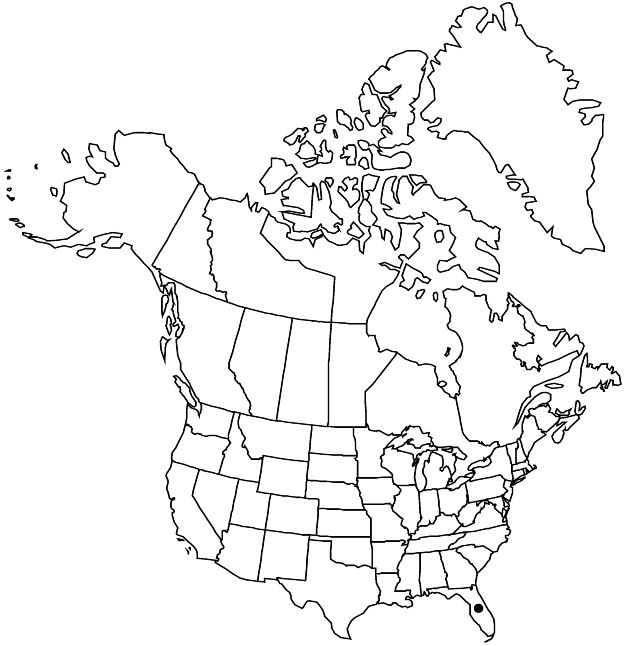Difference between revisions of "Hypericum chapmanii"
Contr. Gray Herb. 189: 22. 1962.
FNA>Volume Importer |
imported>Volume Importer |
||
| (One intermediate revision by the same user not shown) | |||
| Line 57: | Line 57: | ||
|publication year=1962 | |publication year=1962 | ||
|special status=Endemic | |special status=Endemic | ||
| − | |source xml=https:// | + | |source xml=https://bitbucket.org/aafc-mbb/fna-data-curation/src/2e0870ddd59836b60bcf96646a41e87ea5a5943a/coarse_grained_fna_xml/V6/V6_129.xml |
|genus=Hypericum | |genus=Hypericum | ||
|section=Hypericum sect. Myriandra | |section=Hypericum sect. Myriandra | ||
Latest revision as of 22:19, 5 November 2020
Shrubs, erect, treelike, to 40 dm, bark thick-corky, striate, exfoliating in thin, papery sheets or plates. Stems: internodes 4-lined at first, soon 4-angled, then terete, not glaucous. Leaf blades linear-subulate, 8–25 × 0.5–0.7 mm, not glaucous, base articulated, parallel or slightly expanded, margins revolute, apex acute, midrib unbranched. Inflorescences shortly cylindric, 1–3-flowered, often with single flowers or triads from 1–2 proximal nodes. Flowers 12–15 mm diam.; sepals deciduous, not enclosing capsule, 5, linear-subulate, unequal, 5–7 × 0.5 mm, not glaucous; petals 5, bright yellow, oblong-spatulate, 7–9 mm; stamens deciduous, 75; ovary 3-merous; styles 2.5–4 mm. Capsules narrowly pyramidal-ovoid, 6 × 2.4 mm. Seeds not carinate, 0.6–0.8 mm; testa finely foveolate-reticulate.
Phenology: Flowering summer (Jun–Aug).
Habitat: Pond margins, flatwoods, depressions
Elevation: 0–10 m
Discussion
Hypericum chapmanii differs from H. fasciculatum in its taller, single-stemmed habit, thicker stems (to 10–15 cm diameter) with fluted, spongy bark containing large laticifers, and fewer-flowered inflorescences.
Hypericum chapmanii is known from the panhandle of northwestern Florida.
Selected References
None.
